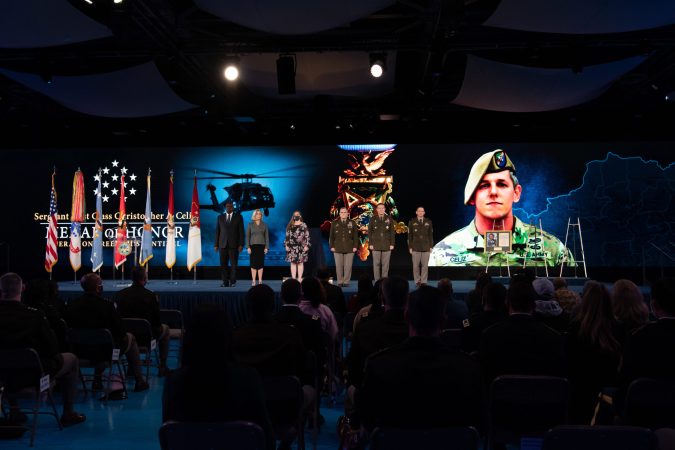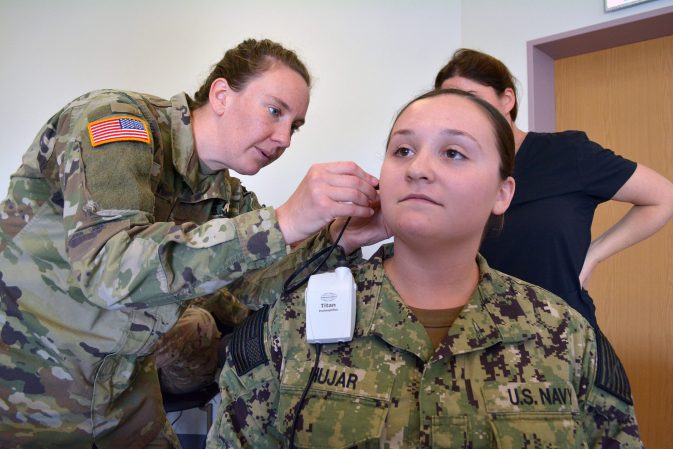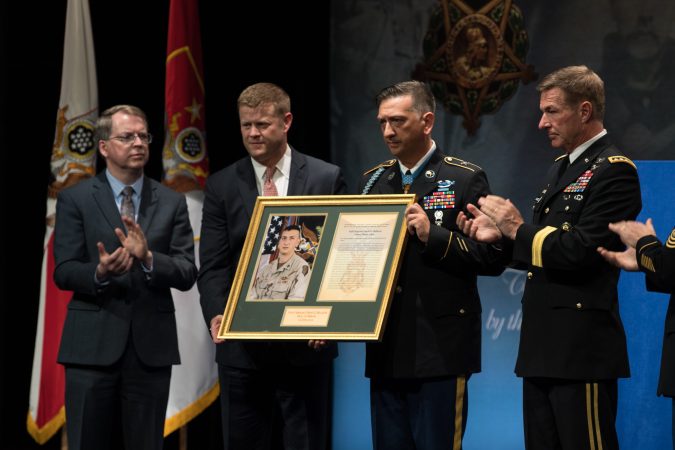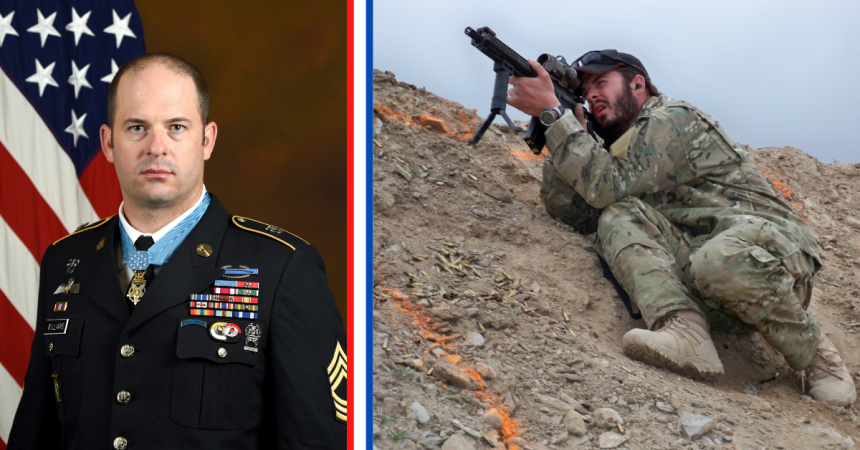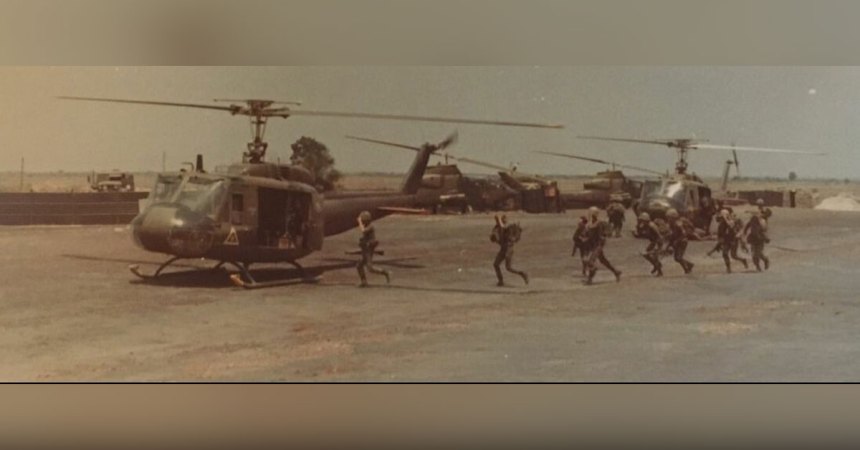Let’s talk about the oh-so-mysterious world of military intelligence and espionage. We’ve got some serious spy stuff to cover, so get your tinfoil hats ready and let’s dive in.
First things first, let’s talk about the basics of military intelligence collection. The CIA (yep, that CIA) has a handy-dandy article on their website called “Intelligence Collection: The Basics.” They break it down into five military intelligence methods:
Human Intelligence (HUMINT)
This is where you get some poor sucker to spill the beans. Whether it’s through bribery, blackmail, or a few rounds of beers, HUMINT is all about people.
One of the most famous examples of HUMINT is the case of Robert Hanssen. He was an FBI agent who sold classified information to the Soviet Union and later, Russia. How did they catch him? Well, it turns out that Hanssen had a bit of a kinky side and was having an affair with a woman named Priscilla Galey. The FBI used this relationship to turn Galey into a double agent, and she eventually helped them catch Hanssen. Moral of the story: don’t cheat on your spouse, especially if they’re a spy.

Signals Intelligence (SIGINT)
This is when you intercept and decode electronic communications. Think wiretapping, but with satellites and supercomputers.
During the Cold War, the National Security Agency (NSA) intercepted and decoded Soviet communication transmissions. They were able to gather intel on everything from missile deployments to military plans. One of the most famous SIGINT operations was Operation Ivy Bells, where Navy divers installed a tapping device on an underwater Soviet communication cable. This allowed the NSA to intercept and decode top-secret Soviet messages for years without the Soviets knowing.
Imagery Intelligence (IMINT)
IMINT is all about collecting information through pictures and videos. Satellites, drones, and even old-school planes are all used to snap some sweet pics.
The US military has been using drones for years to gather IMINT. In 2011, a US drone captured images of a compound in Pakistan where Osama bin Laden was hiding. These images helped confirm his location, and we all know how that turned out.
Measurement and Signature Intelligence (MASINT)
One example of MASINT is the use of acoustic sensors to detect enemy movements. During the Vietnam War, Operation Igloo White helped America detect the sound of enemy trucks and troops moving through the jungle. They were able to use this intel to plan ambushes and other military operations.
Open-Source Intelligence (OSINT)
This one is pretty self-explanatory. OSINT is all about using publicly available information to gather intel. Think social media, news articles, and good old-fashioned gossip.
During the Arab Spring in 2011, social media played a huge role in intelligence collection. Protesters used platforms like Twitter and Facebook to organize and spread information about their movements. Military intelligence agencies were able to use this information to track the movements of protesters and gather intel on their plans.
Encryption and National Security
Alright, let’s talk about encryption. You know, that thing that turns your messages into indecipherable gibberish. And unless you’re living tech-free, we all know how important it is to keep our own data safe. That’s to say nothing of keeping military secrets safe from prying eyes.
But here’s the thing: encryption isn’t foolproof. There are ways to crack codes and decipher messages, and the military is always working on improving its encryption methods. It’s a constant game of cat and mouse.
So, if you’re thinking of becoming a spy and using encryption to keep your secrets safe, just remember that the enemy is always trying to crack your code. It’s like a really intense game of Battleship, but with real lives on the line.
One example of encryption in action is the story of the Enigma machine. During World War II, the Germans used the Enigma machine to encrypt their military communications. It was believed to be unbreakable – until a team of codebreakers at Bletchley Park in England cracked the code. Led by the brilliant Alan Turing, the team was able to decipher thousands of messages, giving the Allies a huge advantage in the war. But here’s the kicker: the Germans didn’t know that their code had been cracked.
They thought their communications were still safe, so they continued to use the Enigma machine. This allowed the Allies to gather intel on German military plans and movements, and it played a huge role in the outcome of the war. So, the lesson here is that even the most advanced encryption methods can be cracked. It’s all about staying one step ahead of the enemy and constantly improving your methods. And maybe don’t underestimate the power of a brilliant codebreaker like Alan Turing.

The Role of Cybersecurity in Military Operations
Finally, let’s talk about cybersecurity. Cyber-attacks are no joke. They can range from annoying spam emails to full-on hacks that can take down entire systems. That’s why the military takes cybersecurity so seriously.
They use things like firewalls, antivirus software, and other fancy tech to keep their systems safe. But it’s not just about the tech. The military also trains its personnel on how to avoid phishing scams, create strong passwords, and all that fun stuff.
One real-world example of the importance of cybersecurity is the Stuxnet worm. Back in 2010, a group of hackers (allegedly sponsored by the US and Israel) unleashed a computer virus on Iran’s nuclear facilities. The virus, known as Stuxnet, was specifically designed to target the centrifuges used to enrich uranium, causing them to malfunction and ultimately destroying them.
Now, you might be thinking, “Cool, we blew up some centrifuges with a computer virus, big deal.” But here’s the thing: Stuxnet was a game-changer. It was the first known cyber-attack on a critical infrastructure system, and it showed just how vulnerable these systems can be. So, the military takes cybersecurity very seriously, and for good reason. You never know when a group of hackers might try to take down your nuclear program with a virus. It’s like that old saying: “Always expect the unexpected, especially when it comes to computer viruses and international espionage.”
Well, there you have it. We’ve covered the basics of military intelligence and espionage, from HUMINT to cybersecurity. We’ve learned that spying is not just for James Bond and Ethan Hunt, but a serious business that keeps our military operations safe and successful. And hey, if you’re thinking of becoming a spy yourself, just remember to stay one step ahead of the bad guys (and the good guys too, for that matter). So go forth, gather intel, and stay safe out there. And whatever you do, don’t let your password be ‘password’.




